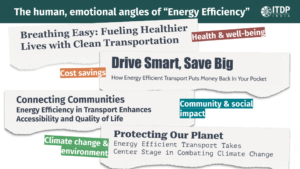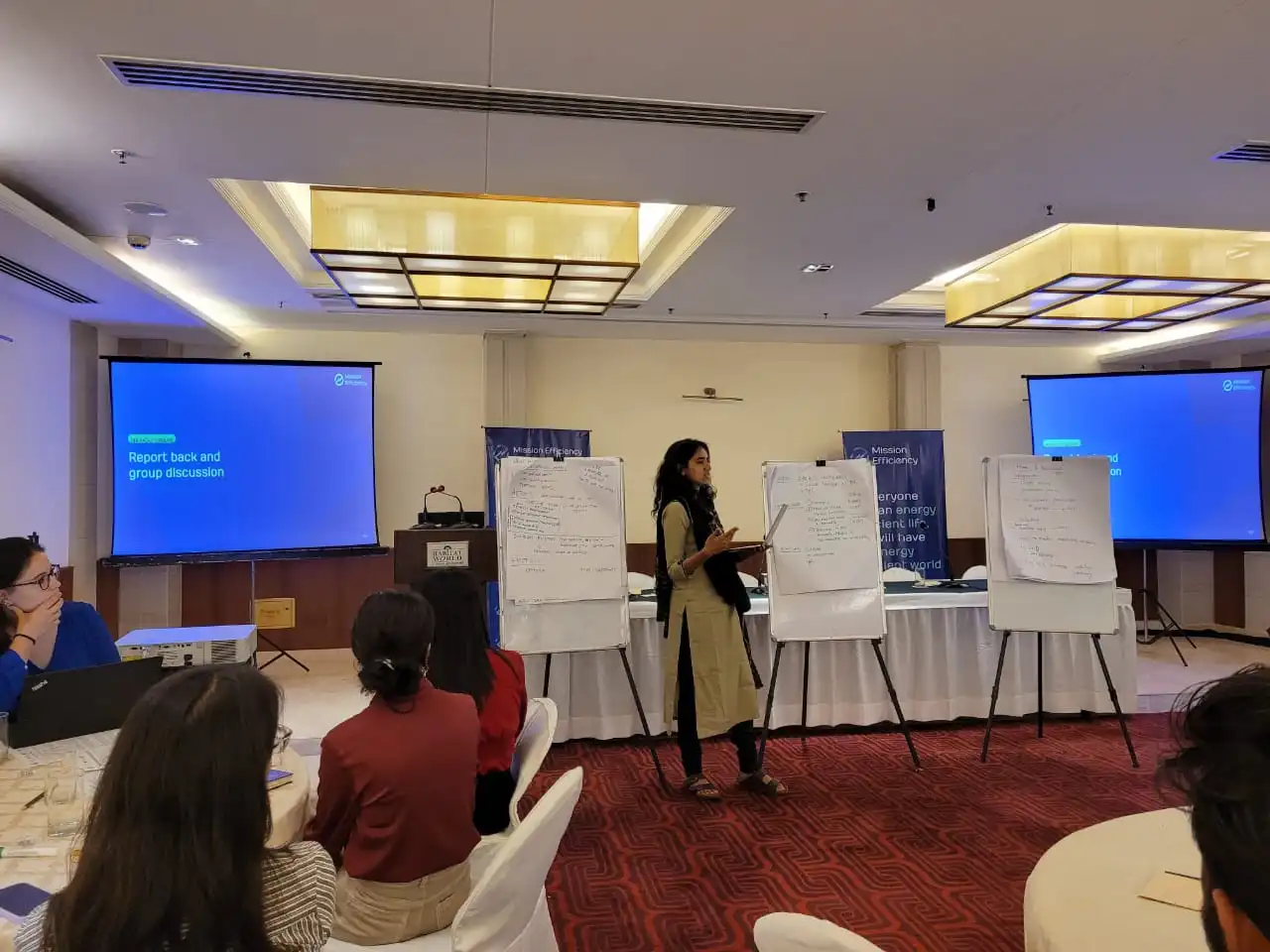Conference
In New Delhi on May 11th, Sustainable Energy for All (SEforALL), in collaboration with the Alliance for an Energy Efficient Economy (AEEE), the Energy and Resources Institute (TERI), and ITDP India, organised the Energy Efficient LiFE Charette. This unique event served as a platform to convene a diverse group of energy efficiency experts across 3 sectors – building, industry and transport, along with professionals specializing in communications and marketing, with the goal of transforming the narrative surrounding energy efficiency.
The event aimed to reframe key messages and communication strategies targeting the key emotions that drive the audiences to transition towards making energy efficient choices. The audiences identified included decision makers, businesses, and individuals. Energy efficiency communication is generally technical, without a focus on creating messages that resonate with diverse stakeholders and effectively drive behavior change. The event aimed to address this gap by emphasizing the benefits, experiences, and feelings associated with energy efficiency. Humanising the messaging can help build trust, credibility, and influence among the audience, facilitating their adoption of energy-efficient practices.
The event had two sessions: presentations from various partners, followed by a design charette—a hands-on workshop that brings people from different disciplines and backgrounds together with members of the community to explore design options for a particular topic—to develop key messages targeting certain emotions for multiple sectors and to multiple audiences.
Aishwarya Soni, Deputy Manager – Communications at ITDP India presented on how different nudges can ensure energy efficiency in sustainable mobility by not solely focussing on efficiency, but leverage various other aspects—like health, cost savings, community and social impact, and climate action.

The second session aimed to brainstorm innovative, emotion-driven energy efficiency narratives targeting different audiences across three sectors–buildings, business and industry, and transport. The participants delved into the persona of different target audience groups—individuals, policymakers, and the private sector—to understand the emotions to nudge transformation. This made way for tailored messages for each target group and also helped identify the right communications tools and approaches for effective outcomes.


From the above-mentioned sessions, key takeaways included: